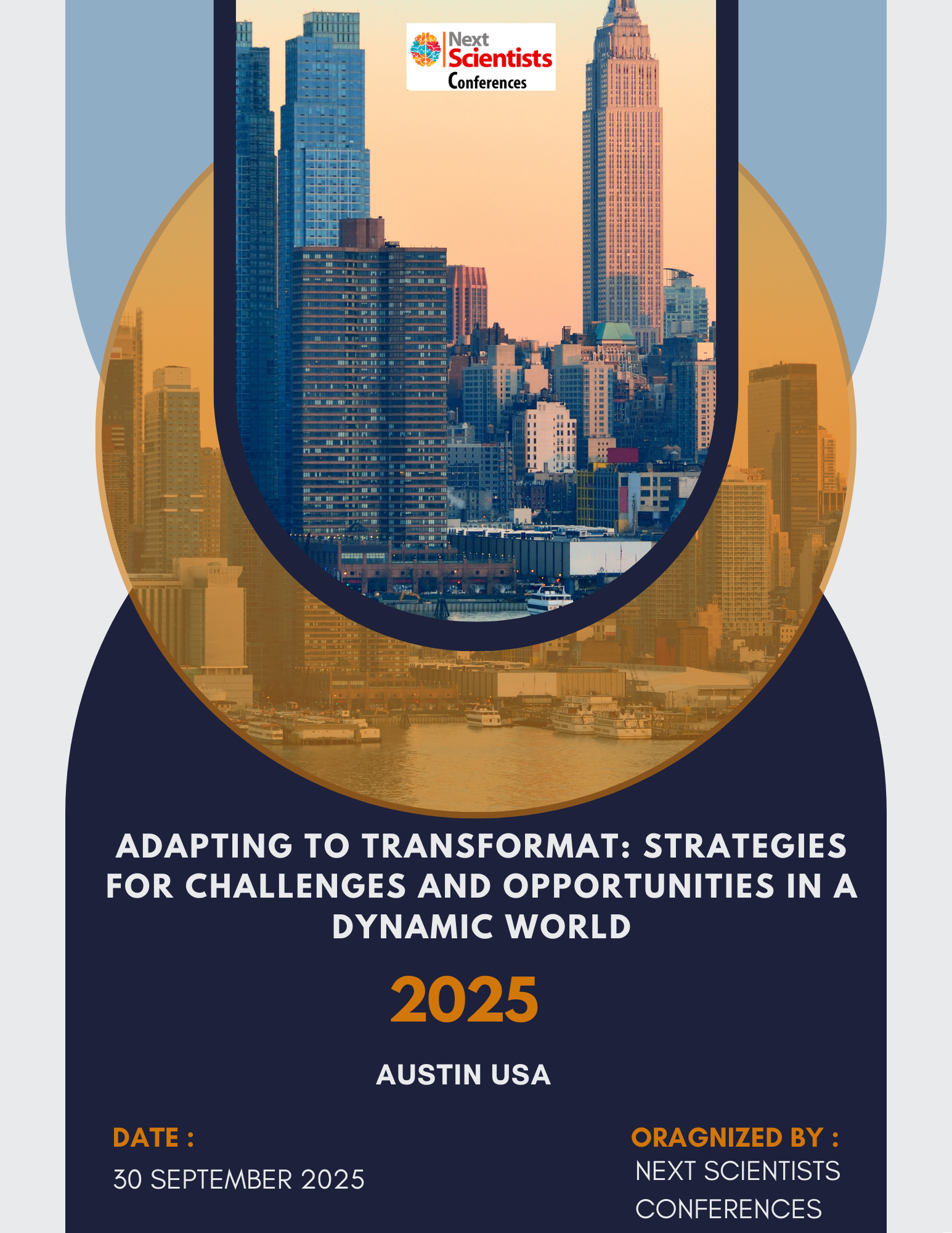Digital Educational Technologies As A Means Of Visualizing Processes In The Natural Sciences
Keywords:
Digital technologies, visualization, natural sciencesAbstract
This article examines how digital educational technologies enhance the visualization of complex processes in the natural sciences at the primary and lower-secondary levels. Building on cognitive theories of multimedia learning and cognitive load, the paper analyzes how dynamic models, simulations, data-logging tools, augmented and virtual reality, and interactive video can transform abstract, multi-scale, and time-dependent phenomena into learnable representations. The study employs an analytical review and design-based reasoning to identify affordances and constraints of specific tools, with attention to alignment between visualizations and learning objectives, scaffolding of inquiry practices, and assessment of conceptual change. Results suggest that digital visualization supports the development of causal reasoning, model-based explanation, and transfer when visual features map transparently onto the underlying concepts and when tasks integrate prediction, observation, and explanation cycles. However, ineffective design can increase extraneous cognitive load, encourage superficial interaction, or obscure measurement uncertainty. The conclusion argues for a balanced, evidence-informed integration of technologies that expand students’ perceptual reach while preserving the centrality of hands-on experience and scientific discourse.
References
Mayer R. E. Multimedia Learning. — 2nd ed. — Cambridge: Cambridge University Press, 2009. — 320 p.
Paivio A. Mental Representations: A Dual Coding Approach. — Oxford: Oxford University Press, 1990. — 322 p.
Sweller J., Ayres P., Kalyuga S. Cognitive Load Theory. — New York: Springer, 2011. — 274 p.
Moreno R., Mayer R. Interactive multimodal learning environments // Educational Psychologist. — 2007. — Vol. 42, № 4. — P. 215–226.
Kozma R. Will media influence learning? Reframing the debate // Educational Technology Research and Development. — 1994. — Vol. 42, № 2. — P. 7–19.
National Research Council. A Framework for K-12 Science Education: Practices, Crosscutting Concepts, and Core Ideas. — Washington, DC: National Academies Press, 2012. — 400 p.
Hattie J., Yates G. Visible Learning and the Science of How We Learn. — London: Routledge, 2014. — 350 p.
Rutten N., van Joolingen W. R., van der Veen J. T. The learning effects of computer simulations in science education // Computers & Education. — 2012. — Vol. 58, № 1. — P. 136–153.
Dunleavy M., Dede C. Augmented reality teaching and learning // In: Spector J. M. et al. (eds.) Handbook of Research on Educational Communications and Technology. — New York: Springer, 2014. — P. 735–745.
Linn M. C., Eylon B.-S. Science Learning and Instruction: Taking Advantage of Technology to Promote Knowledge Integration. — New York: Routledge, 2011. — 320 p.


